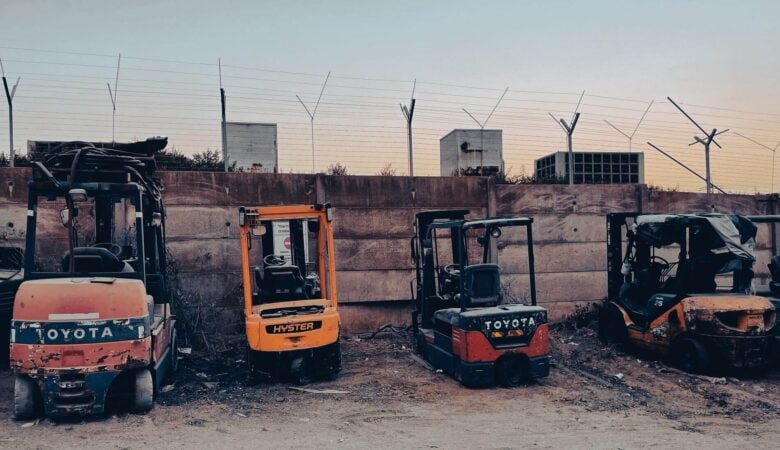Every professional truck driver knows that he or she is responsible for making sure cargo is properly secured at every step of transport. Both federal and state laws require it. As such, drivers use everything from chains to ratchet straps to blocks to keep cargo in place. Even bulkheads are an important part of cargo control.

The bulkhead is something federal regulations refer to as a front-end structure. Where a headache rack is usually affixed to the rear of a truck’s cab, the bulkhead is affixed to the front end of a flatbed trailer to prevent forward movement of cargo. In the absence of a bulkhead, some other means of preventing forward movement is required on flatbed trailers.
[A] CFR Part 300 Regulations
Federal regulations cover all cargo control for trucks that cross state lines. The particular portion of the federal regulations we are interested in for the purposes of this post is CFR Part 300. It contains regulations dealing with cargo control.
The regulations state in Part 393, section 10 that “when an article is not blocked or positioned to prevent movement in the forward direction by a headerboard, bulkhead, other cargo that is positioned to prevent movement, or other appropriate blocking devices, it must be secured by at least [one or two tiedowns]” depending on the cargo and its configuration.”
The regulations go on to stipulate the number of tie-downs (a.k.a., penalty straps) that must be used per foot and per pound. They are very explicit in this regard. Not using the right number of tiedowns can lead to a truck being taken out of service following a roadside inspection by a police officer or DOT official.
[B] Bulkheads Eliminate Tiedowns
After reading what the federal regulations say, it should be fairly obvious where we are going with this. We believe bulkheads are the better choice because they eliminate the need for penalty straps. Keep this in mind: flatbed truck drivers are normally not paid for the time they spend securing cargo. If it takes an extra 15 minutes to apply a couple of tiedowns in the absence of a bulkhead, that is 15 minutes the wheels are not turning.
A bulkhead is always there. It is affixed to the front end of the trailer prior to load pickup; some drivers leave their bulkheads permanently attached. In either case, no extra time is spent on tiedowns when a bulkhead is involved. This reduces load times and gets the truck driver on the road more quickly.
For our money, bulkheads are also more secure. The reality is that penalty straps can fail in the event of an especially violent accident. Bulkheads can too, but they are less likely to fail than tiedowns. We think bulkheads are a better option just from a safety standpoint alone.
[C] We’ve Got You Covered
One of our goals at Mytee Products is to make sure truck drivers have the necessary equipment to stay safe. Yes, we carry a full line of truck tarps and cargo control supplies to meet the needs of any driver. But we also carry safety equipment like headache racks and bulkheads. We have you covered regardless of your need.
We invite you to take a look at our 102-inch aluminum alloy bulkhead that is both DOT-rated and manufactured to the highest industry standards. The bulkhead is 4 feet high with a 10-foot return. If our standard bulkhead is not suitable for your trailer, please contact us and ask about custom sizes. One of our experienced representatives will help you find exactly what you need.
Sources:
e-CFR — https://www.ecfr.gov/cgi-bin/retrieveECFR?gp=1&ty=HTML&h=L&mc=true&=PART&n=pt49.5.393#_top









